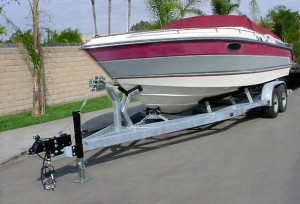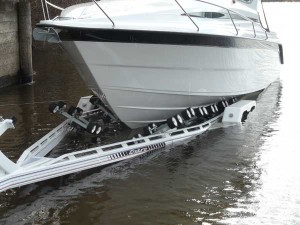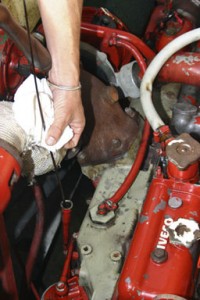Boat Trailer and Launching: Part Four
 When it comes to actually towing your boat, it is always best to err on the side of caution. If you have a modestly sized vessel, be sure to secure it to the trailer with straps. All boats under 1,000 pounds should be strapped down, and if there is any doubt in your mind, it’s worth taking the extra five minutes to secure the boat. In addition to the craft, be sure that liquids like outboard motor oil are secure and that life jackets and other accessories won’t fly out of the boat.
When it comes to actually towing your boat, it is always best to err on the side of caution. If you have a modestly sized vessel, be sure to secure it to the trailer with straps. All boats under 1,000 pounds should be strapped down, and if there is any doubt in your mind, it’s worth taking the extra five minutes to secure the boat. In addition to the craft, be sure that liquids like outboard motor oil are secure and that life jackets and other accessories won’t fly out of the boat.
For those with an outboard motor, you should remove it when towing the boat in virtually all circumstances. It certainly is a hassle to take the engine off its bracket, but it’s more of a headache to have to replace your motor. And before you leave the driveway, be sure you know if your boat is covered by your insurance policy. Some auto policies won’t cover the boat while it’s on the trailer, so do your research.












